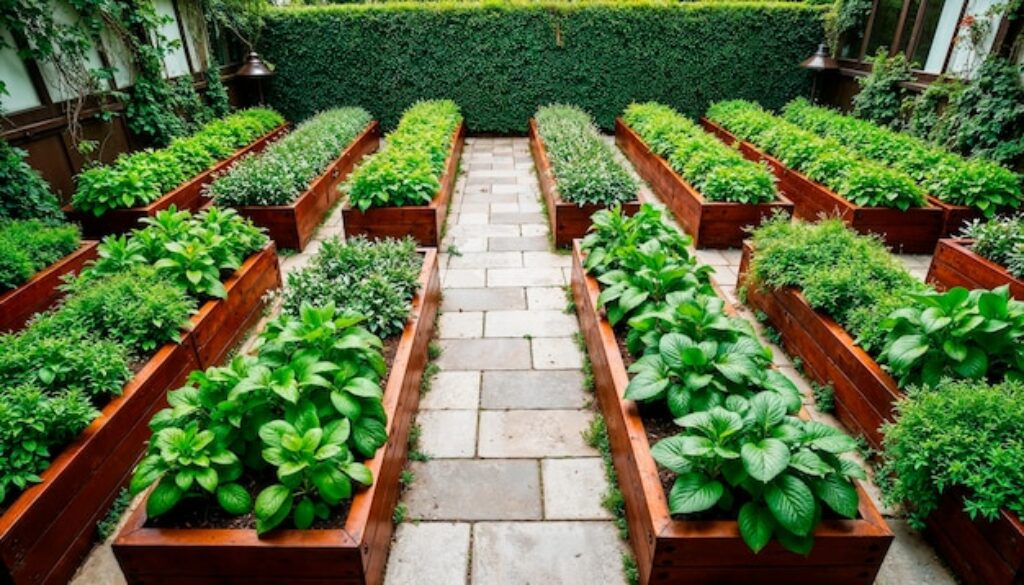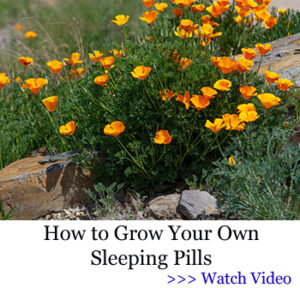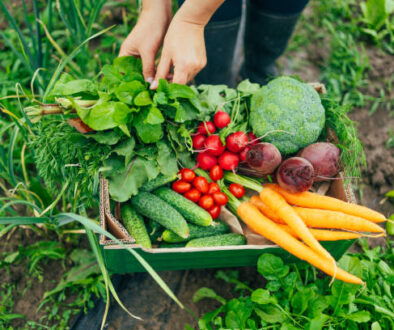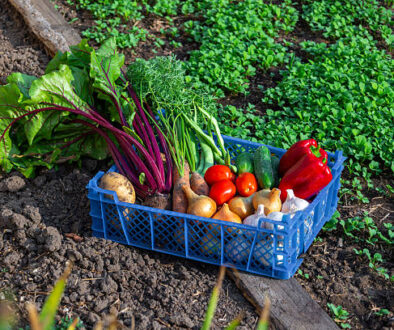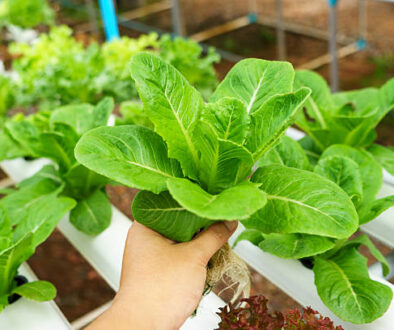The Ultimate Guide to Starting a Stunning Medicinal Herb Garden
This post may contain paid and/or affiliate links. I may earn a small commission at no extra cost to you.
Starting a medicinal herb garden is easier than a lot of people think, and it gives you fresh medicinal plants right at home.
With simple steps, you can build a healing herb garden that looks more beautiful and also supports your wellness.
Are you ready to grow your own medicine garden full of natural remedies?
Let’s see what I’ve got for you today…
Related:
- The Main Reasons You Should Have a Medicine Garden at Home
- Common Mistakes to Avoid When Growing a Medicinal Herb Garden
- The Most Important Thing That’s Probably Missing From Your Backyard
Choose the Perfect Space for Your Medicinal Herb Garden
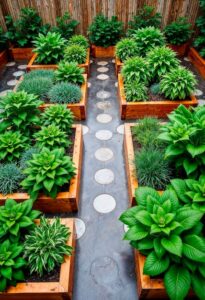
Location makes or breaks a medicinal herb garden.
Most medicinal plants love at least six hours of sunlight daily, so pick a sunny corner where they can soak up the light.
Good airflow also matters because it keeps pests and diseases away.
Ever noticed how much happier plants look in the right spot?
Plan Your Healing Garden Design
A clear layout keeps your healing herb garden organized and easier to maintain.
Group plants with similar needs together, like sun-loving herbs in one area and shade-friendly ones in another.
You’ll save time and water while creating a simple, beautiful healing garden design that feels balanced and purposeful.
Start with Easy Medicinal Plants
When building your herbal medicine garden, it helps to begin with hardy, forgiving plants.
Herbs like mint, chamomile, and echinacea grow easily and don’t need much fuss.
They also provide plenty of wellness benefits, making them perfect starter plants for your medicine garden.
Why not grow your confidence along with your herbs?
Use Quality Soil for a Healthy Medical Garden
Healthy soil is the foundation of a thriving medical garden.
Mix compost or organic matter into your soil so your medicinal plants get steady nutrients.
Good drainage prevents roots from drowning, which is key for herbs like rosemary or sage.
Think of the soil as the pantry your plants depend on.
Water the Right Way in Your Herbal Garden
Watering can feel tricky, but most herbal garden plants prefer steady, light watering over soaking floods.
Too much water encourages root rot, while too little dries them out. Aim for moist but not soggy soil.
Ever tried sticking your finger in the dirt? It’s the simplest way to test moisture.
Add Companion Plants for Natural Support
Smart garden companion planting helps your herbs thrive.
For example, basil deters pests, chamomile boosts nearby herbs, and garlic protects against fungi.
Companion plants turn your medicinal herb garden into a natural support system where everything works together.
Doesn’t it feel great when plants help each other out?
Keep Pests Away Naturally in a Medicine Garden
Nobody wants bugs ruining their medicine garden, but harsh sprays harm your herbs too.
Instead, use natural tricks like planting lavender or lemon balm to repel pests.
You can also attract ladybugs and bees to create balance.
Ever wondered how small changes keep your medical garden thriving? This is it.
Harvest at the Right Time
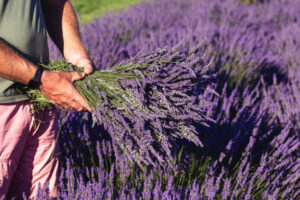
Timing matters when harvesting medicinal plants.
Snip herbs in the morning after the dew dries but before the sun gets too hot.
This is when they hold the most oils and healing power.
Regular harvesting also encourages more growth, keeping your herbal medicine garden productive all season.
Store and Use Herbs Properly
Dry or freeze your herbs right after harvesting to lock in their benefits.
Keep them in glass jars away from heat and sunlight.
With the right storage, your healing herb garden continues to serve you long after the growing season ends.
Isn’t it amazing to use your own herbs in teas or remedies?
Expand Your Herbal Garden Over Time
Don’t feel like you need to grow everything at once. Start small, then add new herbs as you learn.
Maybe you’ll try lemon balm one season, then valerian the next.
Expanding slowly keeps your herbal garden manageable while making it richer and more rewarding year by year.
Conclusion
Building a medicinal herb garden takes simple steps—choosing the right spot, using good soil, and adding supportive plants through garden companion planting.
With care, your healing herb garden becomes more than just a medicine garden.
It’s a living, healing space that supports your health while keeping you connected to nature.
FAQs
Q1: How much space do I need for a medicinal herb garden?
Not much. A medicinal herb garden can fit in small raised beds, pots, or even window boxes. You can always expand later.
Q2: Can I grow medicinal plants indoors?
Yes! Many medicinal plants like basil, mint, and thyme grow well in pots near a sunny window, making indoor gardening easy.
Q3: What are the easiest plants to start with in a healing herb garden?
Mint, chamomile, lavender, and echinacea are perfect for beginners. They’re hardy, forgiving, and full of benefits for your healing herb garden.
Q4: How do I keep my medicine garden organic?
Skip chemicals and use natural compost, mulch, and garden companion planting for pest control. This keeps your medical garden safe and truly natural.
